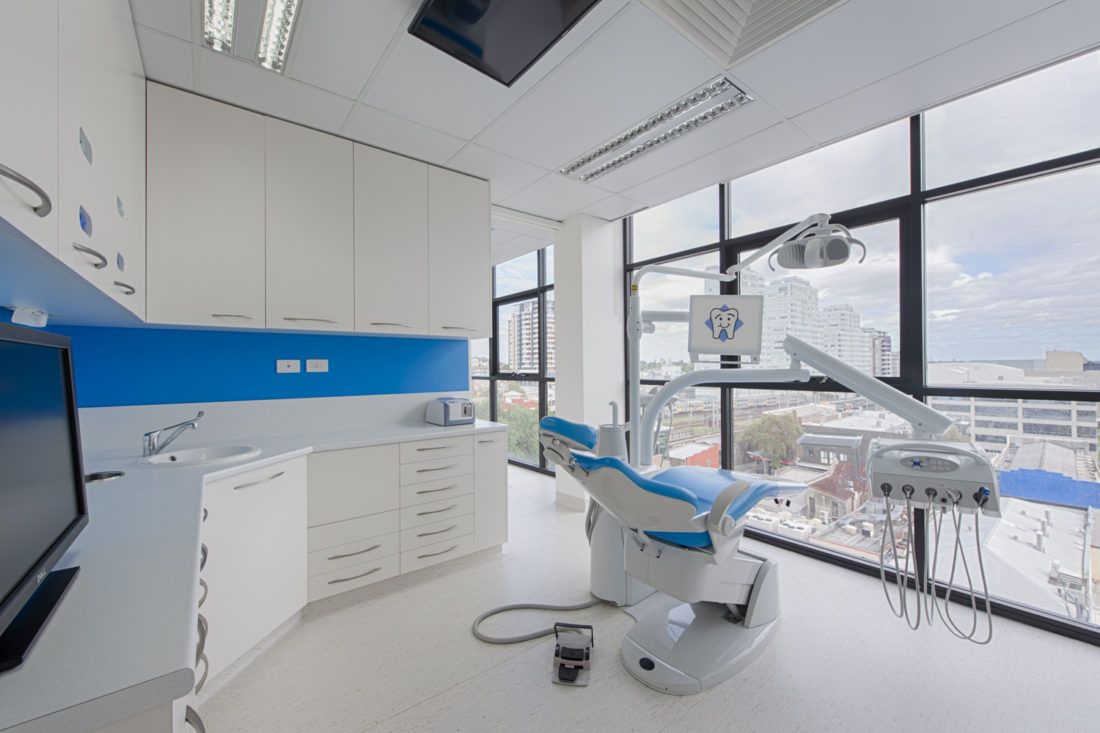Impact of Medical Fitouts on Patient Satisfaction and Recovery
October 21, 2024
As we walk through the corridors of a medical facility, what is it that strikes us first? Is it the sterile, white environment or the absolute calmness that engulfs us? Or perhaps, is it the smart layout that subtly guides us through our journey in the facility? Our perception of medical spaces now is much different than it used to be, largely due to the evolution of medical fitouts. How exactly do these intelligently designed interiors impact patient satisfaction and recovery? This is precisely the question we sniff around in this blog post. Buckle up as we delve deep into the mysteries of medical fitouts and unravel their potential in shaping a patient's experience.
It's fascinating to see how the blend of art, science, and architecture can create spaces that bolster the health and well-being of patients. However, what does designing these spaces entail? What key elements play an integral role in bringing that sense of comfort and ease to patients? Most importantly, how do medical fitouts lay a blueprint for an exceptional patient experience? These queries will guide our discussion as we dissect the importance of medical fitouts in the realm of healthcare.
Medical fitouts are no longer viewed merely as aesthetic embellishments; they are significant contributors to patient recovery. A paradigm shift in how we approach healthcare design directly influences patient satisfaction, fostering an environment conducive to quicker recovery. Unearth the impact of medical fitouts on patient satisfaction and recovery as we venture into the fascinating world of healthcare design only to appreciate its profoundness.
The ‘Why’ Behind Medical Fitouts
Medical fitouts provide more than just a pretty picture; they are an essential part of human-centered design. They play a dual role: Firstly, they serve the functional needs of the doctors, nurses, and staff by providing an efficient workspace. Secondly, they significantly contribute to improving patients' experience by facilitating a more comfortable and healing environment.
What Constitutes a Good Medical Fitout?
An effective medical fitout goes beyond aesthetics. It should be able to cater to the needs of both the patients and the healthcare professionals. A strategic layout, efficient usage of space, usage of soothing colors and comfortable furniture - all play a fundamental role in shaping the perfect medical fitout.
The Science behind Medical Fitouts
How exactly does a well-designed space aid in recovery? Here, we explore the science that backs the concept of therapeutic architecture. Certain colors can have a calming effect, while natural light is beneficial for mental well-being. The layout and technology incorporated also play decisive roles.
When and How to Implement Medical Fitouts?
Knowing when and how to implement medical fitouts is vital. Proper planning and consultation from expert architects and interior designers are required to achieve an ideal fitout. Also, consider the budget and timeline before starting construction or renovation.
Unpacking the Pros and Cons of Medical Fitouts
Like every other concept, medical fitouts also bear their pros and cons. While it aids in patient satisfaction and recovery, there could also be challenges regarding the budget, maintenance, and the need for potential changes to fit future requirements.
Shaping the Future with Medical Fitouts
The evolution of medical fitouts has opened doors to a realm where design and healing intertwine. Given the increasing awareness about the potential of medical fitouts, they are certain to play a significant role in the evolution of healthcare in the future.
Conclusion
As we walk through the arrays of thoughts and ideas that have sprung up in this discussion, one thing becomes crystal clear: medical fitouts are no longer just about good interior design. They extend the panorama of aesthetics, reaching out to touch the real world of human experience, specifically that of patients. They form the very backbone of that compassionate care we seek in healthcare. With their human-centered design, they inevitably enhance patient satisfaction and potentially catalyze recovery.
While the concept does come with certain complications, the benefits significantly overshadow the hurdles. Striking the right balance between functional design, aesthetics, and future expansion can make medical fitouts a long-standing investment. As we step into the future, where patient experience takes center stage, there's no denying that medical fitouts would wield the baton directing the symphony of healthcare design. One could even say, in the landscape of healthcare, medical fitouts have taken the wheel, driving not just design, but also the rhythm of recovery.



0 Comments